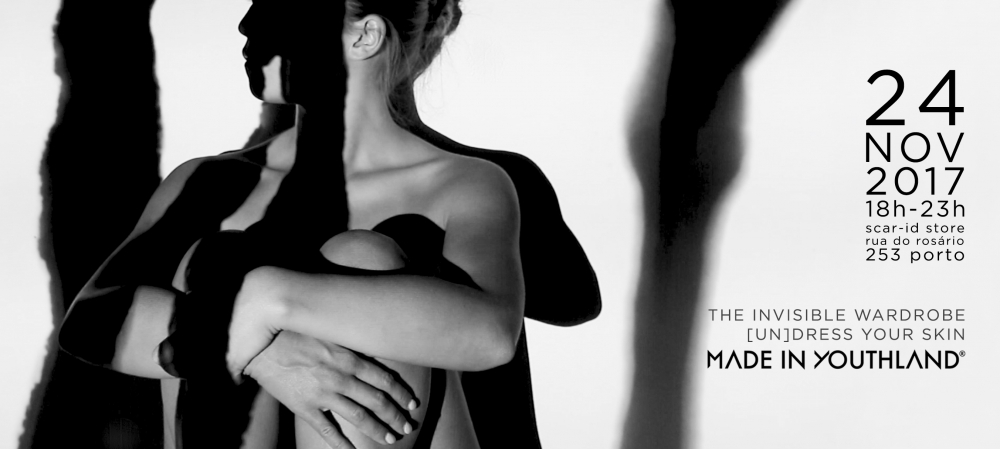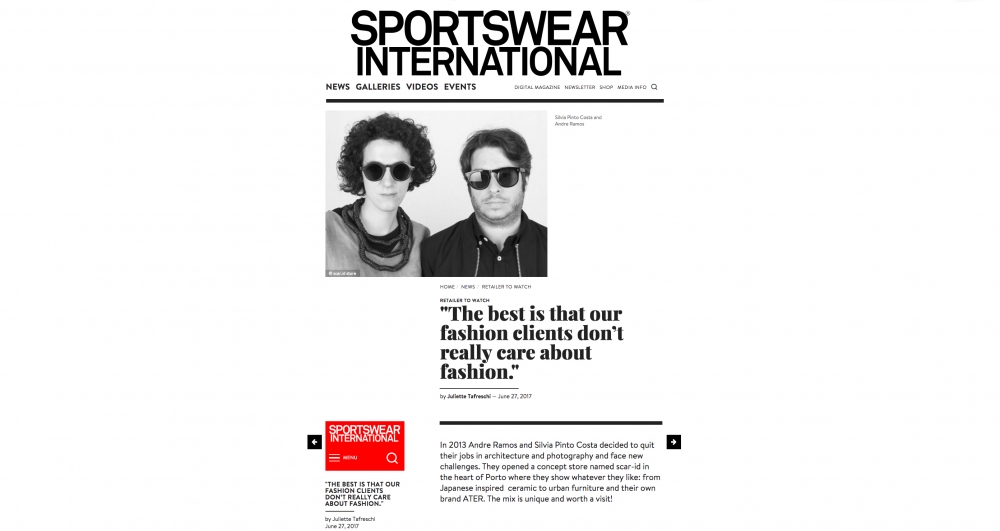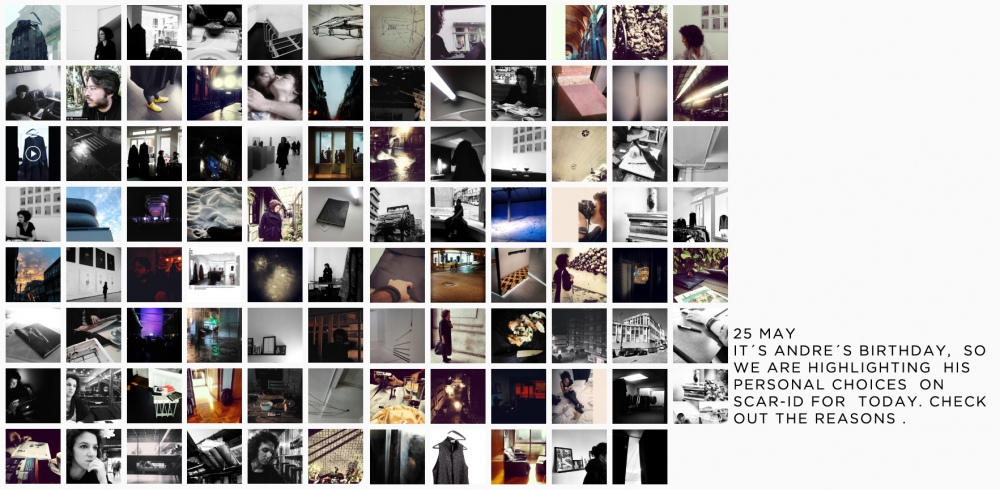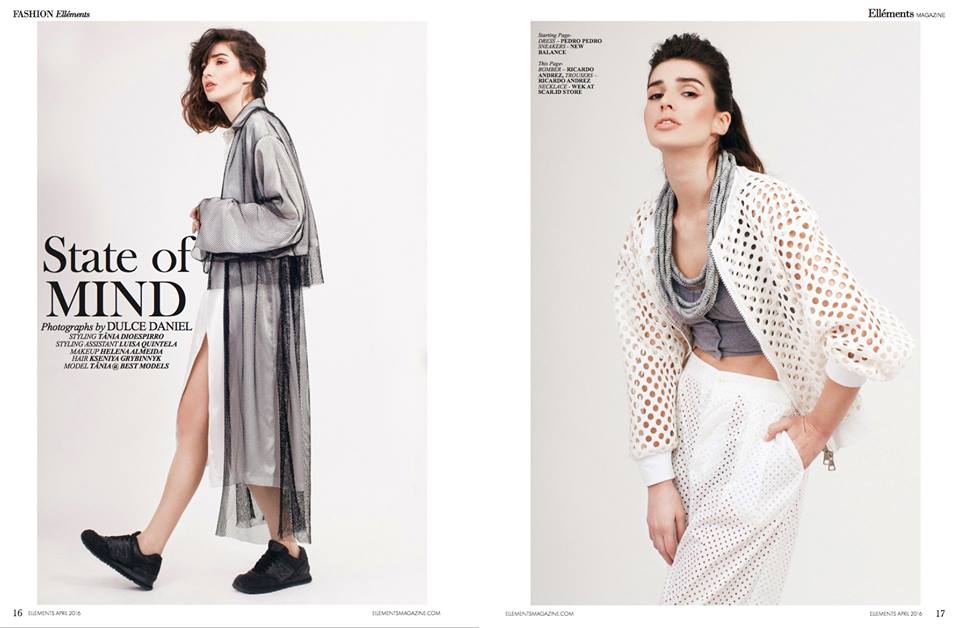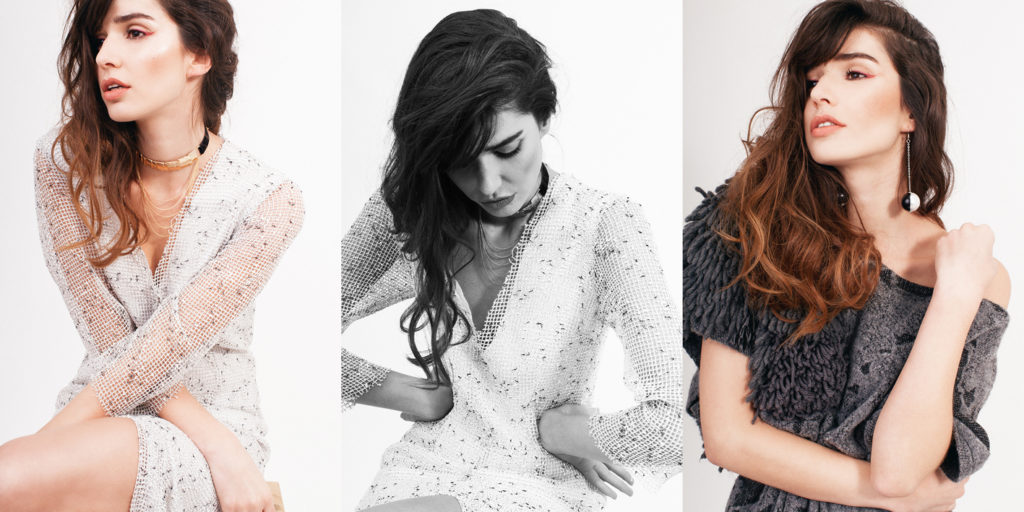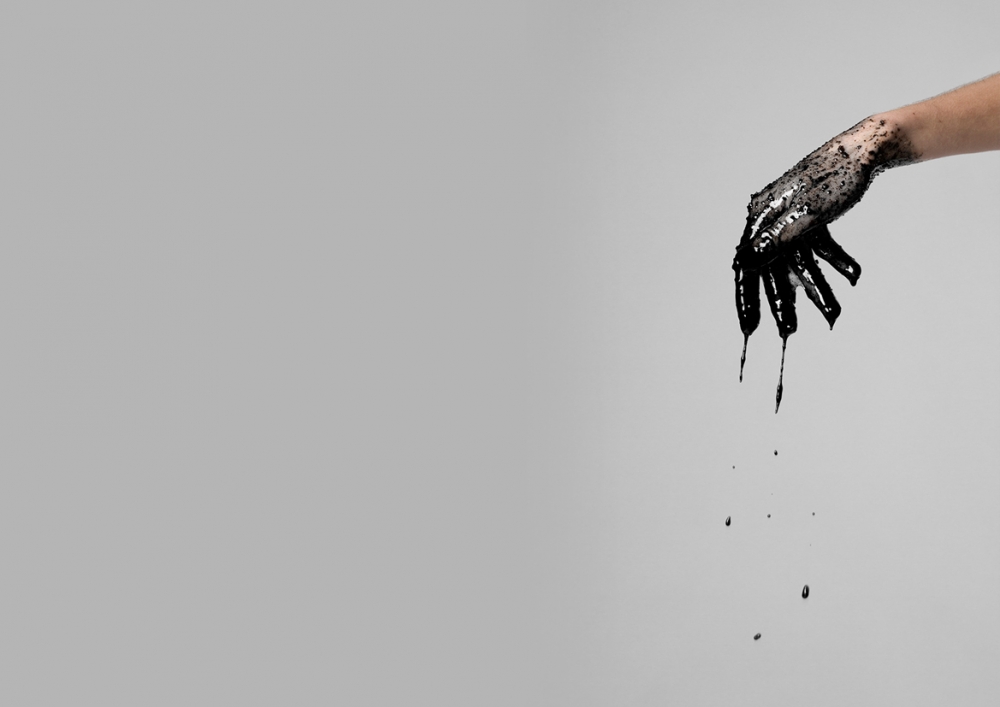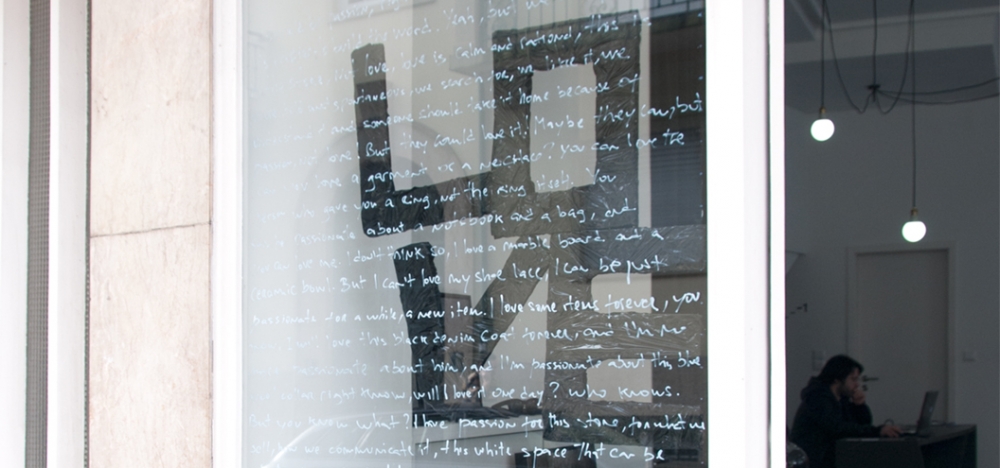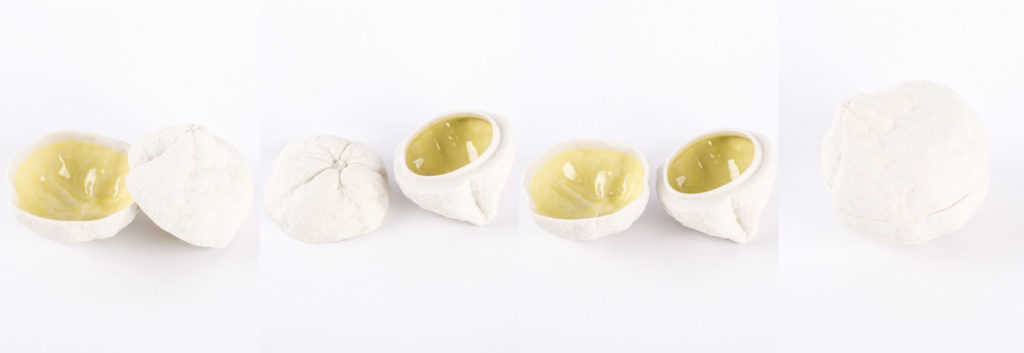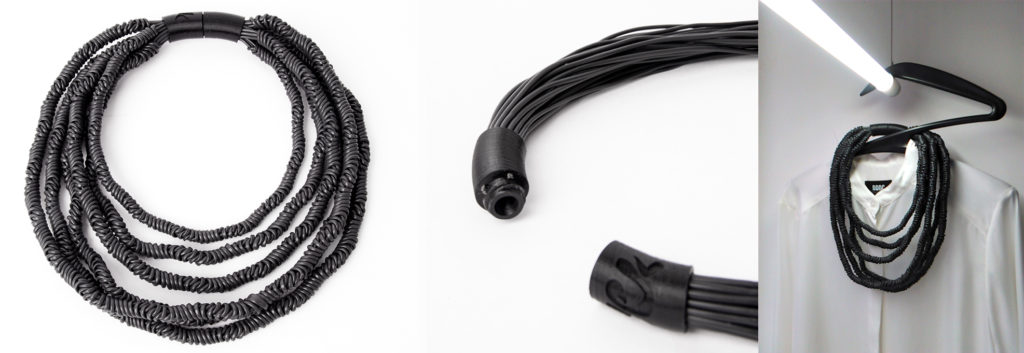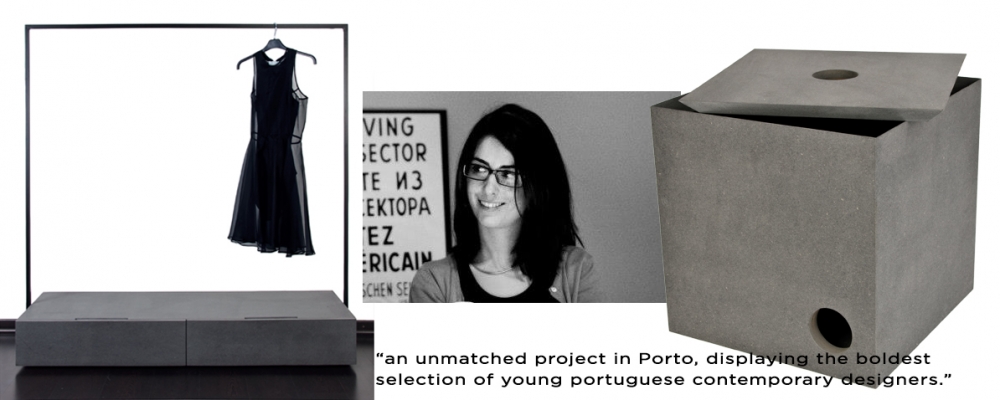
SCAR – ID IS A STORE THAT ISN’T A STORE. IT’S BETTER DESCRIBED AS A VISION OF WHAT A STORE COULD BE IN THE FUTURE. WE CAUGHT UP WITH ONE OF its FOUNDERS ANDRE RAMOS TO FIND OUT WHAT THIS MEANS, AND WHAT KIND OF CHANGES HE WANTS FOR THE INDEPENDENT DESIGNERS OF THE FUTURE.
How would you describe scar-id. What is it?
scar-id store is an independent design store. We’re Porto based but worldwide oriented and we sell and communicate a selection of products from emerging creators and new brands, from fashion, accessories, furniture and product design. scar-id store is a space for those who understand that design plays a differential part in the construction of its own identity.It’s also an online store but, more than a store, scar-id is a design lab, an architecture and interior design office, and a photography studio.
Who was involved in setting it up?
scar-id store is a project developed between me (Andre Ramos) and my partner Silvia Pinto Costa.
How did the two of you meet?
Silvia and I have known each other for a long time. We are partners in life and work, and for that reason we need to separate quite well what is our public life and our private life.
Why is scar-id called scar-id?
SC are the initials for Sílvia (Pinto) Costa and AR are my ones. We put them together and scar sounded like a good concept: to leave a scar after the work is done. The kind of work we were interested in was about identity and design – this is where the i and the d came from. So scar-id became our brand´s name.
What was it that gave you the idea for scar-id?
Since we share our life we are constantly talking and sharing our ideas about the world. The idea for scar-id came from our traveling. Whenever we travelled we searched for local stores in order to connect with the urban contemporary culture of the city. We understood that a store should not be only a local trade, but a space that could represent contemporary culture.We realised that it should be an interesting thing to start working with independent young designers and support them. They normally don´t have space and opportunities to develop their work, so, why not? And after a few months scar-id was born.
Do you come from a creative background yourselves?
I´m an architect, so I understand quite well the creative world. But at the same time, my background as an architect gave me an alternative position to face some important decisions from in design matters.Silvia studied fine arts, and she was working as a fashion and product photographer before we established scar-id. The relation of the two areas gave her a new perspective connecting both creative process and product in order to understand both sides – creator and consumer.With backgrounds far from management and trade, we think are bringing some new elements to the table. Everyday we learn something new and we develop a new way to solve a problem.
Apart from a store and a gallery, scar-id is a space for designers to communicate through. What does this mean for designers?
What we just do is to create professional friendships with all the designers we work with. They know they have at scar-id a space, and people, that can support them at any level in their creative process. They do not work physically in scar-id spaces, but here we discuss ideas and solutions for their work.
How do you find the people whose work you exhibit? Or do they find you?
One of our daily jobs or routines is to search for creativity, products, persons, brands, ideas, trends, materials or projects…so we inevitably find good products or brands that we would love to talk about.The next step is to find the person behind what we find and seduce them in to work with us. We explain to them who we are, how we work, our ideas to communicate and sell their brands. If we like each other we can start a professional friendship because any other way it won’t work.
What kind of designers or brands do you tend to go for?
All the brands we select have a common line. They have to be cool people doing creative things; always trying to innovate somehow, but at the same time doing it with good materials, with an impeccable finish, and creating ageless pieces with a global vision.scar-id store is basically a lifestyle brand, where the costumer can find everything that could help him in his identity. So we have to choose carefully all the products in order to create a coherent image to the client.
You also have a studio space too? Called -1? What is the -1 studio?
-1 is our 100 sq.m. basement space. The idea is to have an empty space to become what we need it to be. It could be anything from our meeting space to another part of the store. Last week we covered the space with black fabric and we showcased a video-installation about a fashion product there. Next month we will host a design exhibition during the ´experimenta design´ event. It’s also normally our working space for our parallel projects and our photography studio.Other people use it too though. Sometimes we have private parties hosted there, at other times someone is there sewing some leather bags. If you have a good project to work on and need a space in Porto, call us.
Why is it important?
scar-id is mainly about a store, so of course the commercial part is the most important one. Our -1 is the other side – where we can do the others things we like. As an empty space it can be whatever we want it to be, so it´s always about the next thing. The -1 s allows us to dream, search, project and evolve. As long as we have our -1, we can be always working on our next step.
Do you have plans to set up more places like scar-id?
We dream a lot. With our art and architecture backgrounds we are driven to be constantly thinking of new worlds and new futures, and developing ways to make them a reality. We don´t know if we will be in another physical space in the future or just online. It could be with curated products worldwide in other stores. We just know we want to continue to evolve this scar-id project, working with identity through design.
What do you do to support your designers? Mentoring? Providing space to work? Promotion and marketing help?
We like to be their professional friends. We are always here to take their calls and to meet with them to talk about everything they need. It could be about sales, brand advice, legal advice, product development, communication, representation. It´s all about trust and respect. We respect them and their work and they know we will do all we can to develop their brands in this difficult phase or their career.
What are the main issues facing independent designers?
One issue is about how we consume: we have to find a good way to educate consumers that independent design could be as ´good´ as the one from the major brands.The second big issue is that art, design or architecture schools just prepare the students to face life either as employees or geniuses. There is no middle ground. If you do a good work, someone will show up and take you to the top. If not, you just can work for someone else. But the real world is not really as simple as this.This means that independent designers aren’t taught about launching themselves as a business. They channel all their focus and money into research and product development and forget about branding, marketing, communication or sales. And there is the moment we show up.
Why are independent designers so important?
Young independent designers and thinkers, have certain freshness of ideas; without barriers or pre-concepts. This specific will to change and intervene is crucial to the world’s evolution. When people became less independent and less young, their work becomes more attached to the world we already know and it is harder to think about how to improve and change it.
How can the industry help them?
The industry can’t help. The industry as it is at the moment is part of the system and doesn´t want to be changed. But the independent designers could help to change the industry and change it step by step. Then maybe the industry could start to provide independent designers with the tools, materials and qualified labour necessary to them to compete with the established brands.
Where do you see scar-id in the future?
In the future, as we do now, we don´t see the concept of a store like a trade place. We see a store like a place for contemporary culture, maybe as the extension of the role played by museums and libraries. These are the places where people can interact with culture, and in our case, could actually take the culture home and wear it.The store should be also a place of communication, both online and offline. A consumer could found a product online, research everything about it and then could purchase it offline. In the same way, the consumer could do the opposite, discover a product physically, think about it, and then choose to buy online. Online and offline should become part of the same reality.If this happens we think we could play an important role in supporting independent designers. No client will then have to go to some hidden atelier or messy workshop to search for a product they found online. There will be a set prepared to showcase a product and sell it as part of a specific contemporary culture concept.The future is all about setting scar-id up as a lifestyle brand, with a bigger percentage of its own production in partnership with those who helped scar-id to grow. We’d like to just keep going adding new layers here in Porto, online, and physically in other global cities, as a store, a service and generally as an idea.
Words by Jenni Waugh at Tonic Magazine
